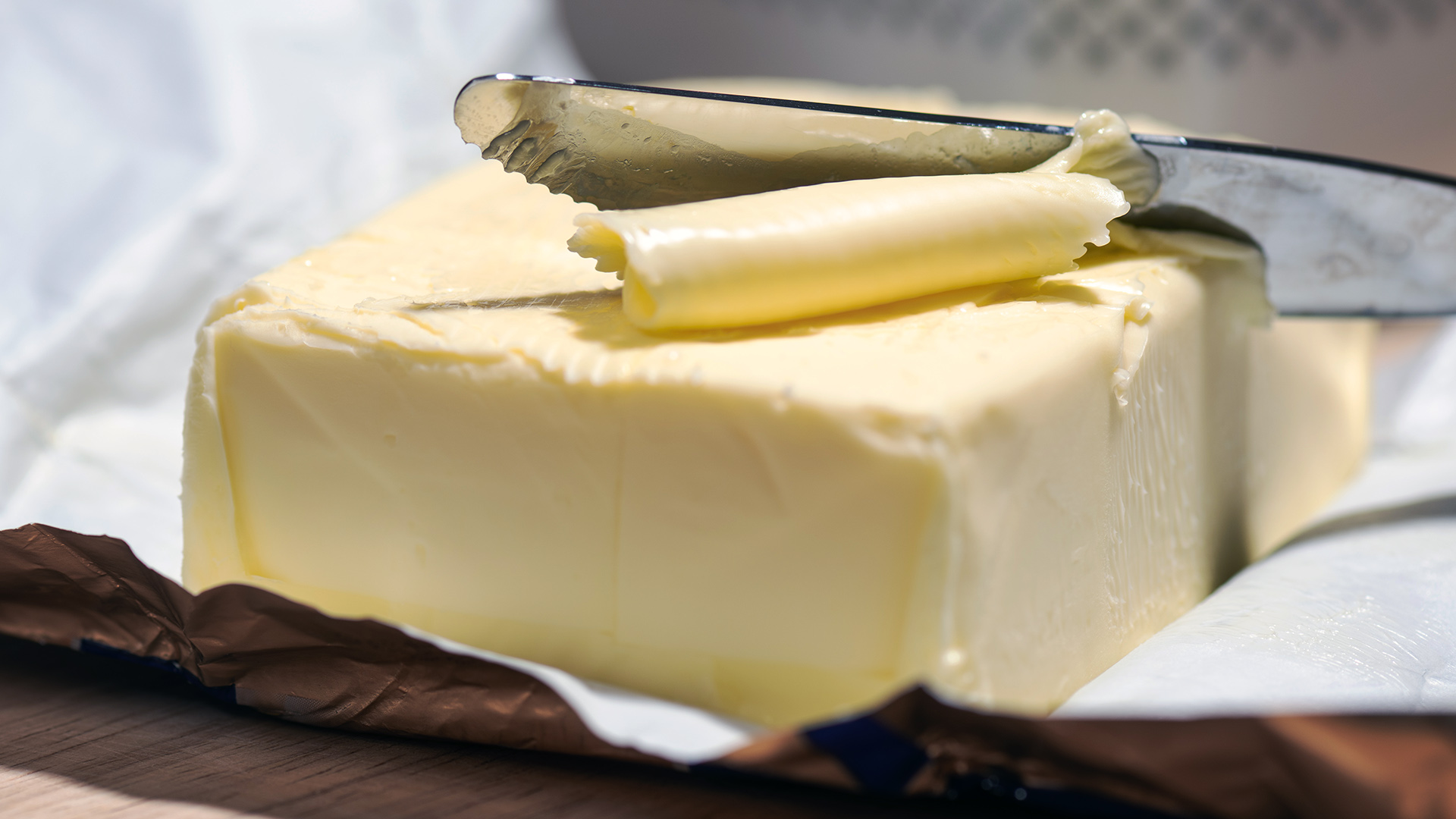In many cuisines, butter is more than just an ingredient; it’s a foundational element that can transform a recipe from ordinary to extraordinary. Whether spread on crusty bread, melted over tender vegetables, or used as the base of a decadent sauce, butter’s role is often the silent hero in achieving rich flavor and melt-in-your-mouth textures. And just as with fine cheeses or premium olive oils, quality matters. When you choose a high-grade, premium butter, you’re indulging in a product that showcases careful craftsmanship, sourcing, and flavor development—resulting in a marked difference that your taste buds will immediately recognize.
The Journey from Farm to Creamery
1. The Importance of High-Quality Cream
Premium butter begins with premium cream. Farms that prioritize animal welfare and feed often produce cream richer in flavor and nutrients. Milk from grass-fed or pasture-raised cows can yield a butter that’s naturally higher in healthy fats, including omega-3s, and has a vibrant golden hue. These small but significant details add depth to the flavor—often a more pronounced, sweet, and slightly nutty profile compared to generic butter.
2. Artisanal Production Methods
Handcrafted or small-batch butter producers typically focus on low-temperature pasteurization or use traditional churning techniques that preserve nuanced flavors in the cream. Some premium varieties, like European-style butter, undergo a process where the cream is cultured before churning—meaning friendly bacteria are added to the cream and allowed to develop, creating more complex, tangy notes and a luxurious mouthfeel. This attention to time and technique sets artisanal butter apart from mass-produced options.
The Premium Butter Difference
1. Higher Butterfat Content
A hallmark of top-tier butter is a higher butterfat content—often around 82% or more, compared to the 80% minimum in many standard grocery store brands. That may not sound like a lot on paper, but in the culinary world, it’s huge:
-
Richer Taste: The extra fat carries more of the cream’s natural flavor, creating a fuller, more buttery taste.
-
Creamier Texture: Less water and more fat results in a velvety texture that spreads smoothly and melts evenly.
2. Flavor Nuances
Open a block of premium butter, and you might immediately notice a slight sweetness or pleasant aroma reminiscent of hazelnuts, fresh cream, or even mild yogurt if it’s a cultured variety. These subtle flavor notes can elevate everything from a simple piece of toast to a delicate pastry.
3. Culinary Versatility
Professional chefs and passionate home cooks alike appreciate premium butter for its performance in the kitchen:
-
Baking: The higher fat content and robust flavor make pastries flakier, cookies tastier, and sauces silkier.
-
Sauces & Emulsions: Whether you’re whisking it into a béarnaise sauce or mounting a pan sauce, premium butter creates a smoother, more stable emulsion.
-
Finishing Touch: A pat of premium butter atop a seared steak or steamed vegetables amplifies the dish’s taste, lending a mouthwatering shine and richness.
Spotlight on Different Types of Premium Butter
-
European-Style Butter
-
Butterfat: Typically 82–86%.
-
Taste & Texture: Rich, tangy, and silky.
-
Perfect For: High-end baking, laminated doughs (croissants, puff pastry), or finishing sauces.
-
-
Cultured Butter
-
Process: The cream is inoculated with lactic bacteria and left to ferment briefly, developing lactic acidity.
-
Flavor Profile: Slightly tangy, reminiscent of buttermilk or yogurt, with complex undertones.
-
Perfect For: Spreading on bread or as a finishing butter where flavor can truly shine.
-
-
Grass-Fed Butter
-
Sourcing: Milk from pasture-raised cows, resulting in butter with a deep yellow color and nutrient-rich profile.
-
Taste: Sweet, creamy, often with a hint of nuttiness.
-
Perfect For: Everyday cooking and baking, plus raw applications like butter boards or simply slathered on fresh bread.
-
Practical Tips for Buying & Storing Premium Butter
-
Read Labels: Look for terms like European-style, cultured, or grass-fed. Check the butterfat percentage; anything above 82% is a good sign of premium quality.
-
Look for Local or Artisanal: Smaller dairies often prioritize sustainability and thoughtful production, which can translate into superior flavor.
-
Store Properly: Keep butter in its original packaging or a dedicated butter dish to protect it from absorbing other fridge odors. For long-term storage, freeze it—premium butter freezes exceptionally well without losing much of its flavor or texture.
-
Buy Fresh: If you enjoy butter primarily for its fresh flavor, avoid buying more than you can use within a few weeks. Rotate your stock to maintain freshness.
Savoring Every Last Bite
Investing in premium butter isn’t just about prestige; it’s about taste, quality, and culinary results. Whether you’re swirling it into a sauce, folding it into dough, or simply spreading it on a slice of artisan bread, premium butter has a transformative effect that can turn everyday dishes into something memorable.
By choosing high-grade, responsibly sourced butter, you support careful, traditional methods of food production—helping preserve time-honored craftsmanship while treating your palate to the deep, nuanced flavors only high-quality ingredients can offer.
So the next time you’re at the grocery store or farmers’ market, consider reaching for that luscious, golden block of premium butter. You’ll taste—and appreciate—the difference in every delicious bite.

Comments (0)
No comments yet. Be the first to comment!